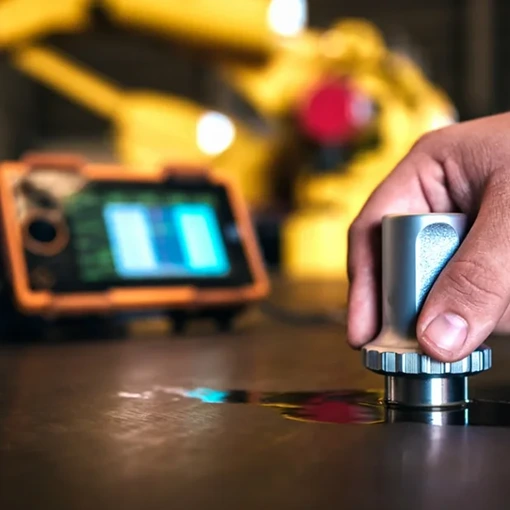Non - Destructing Test
Non-Destructive Testing (NDT) is an essential process in construction for assessing the
integrity, quality, and safety of materials and structures without causing any damage.
NDT methods allow for the inspection of materials like concrete, steel, and welds,
identifying potential flaws or weaknesses such as cracks, voids, or material
inconsistencies.
-
Common NDT methods include ultrasonic testing, Rebond hammer testing, half cell
potentiometer test,Cabonation testing
each tailored to detect specific types
of internal and surface defects.
-
By using NDT, we ensure that construction materials and components meet safety and
quality standards without compromising their usability, providing clients with a
reliable assessment of structural integrity in an efficient, non-invasive manner.
